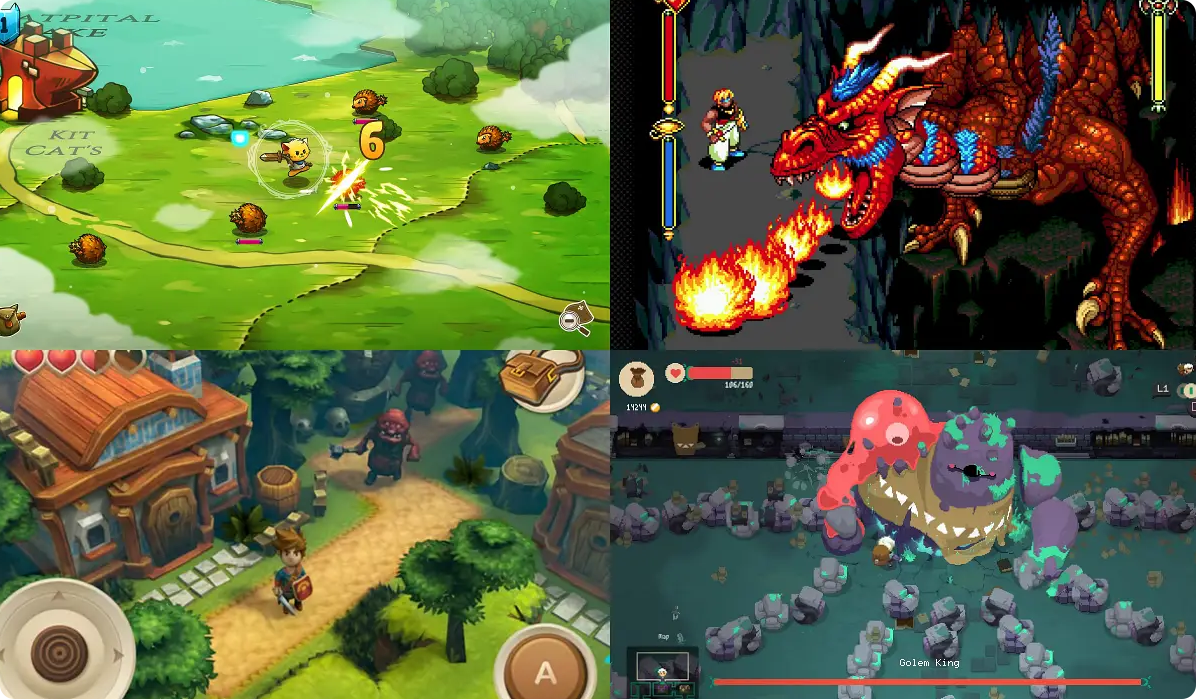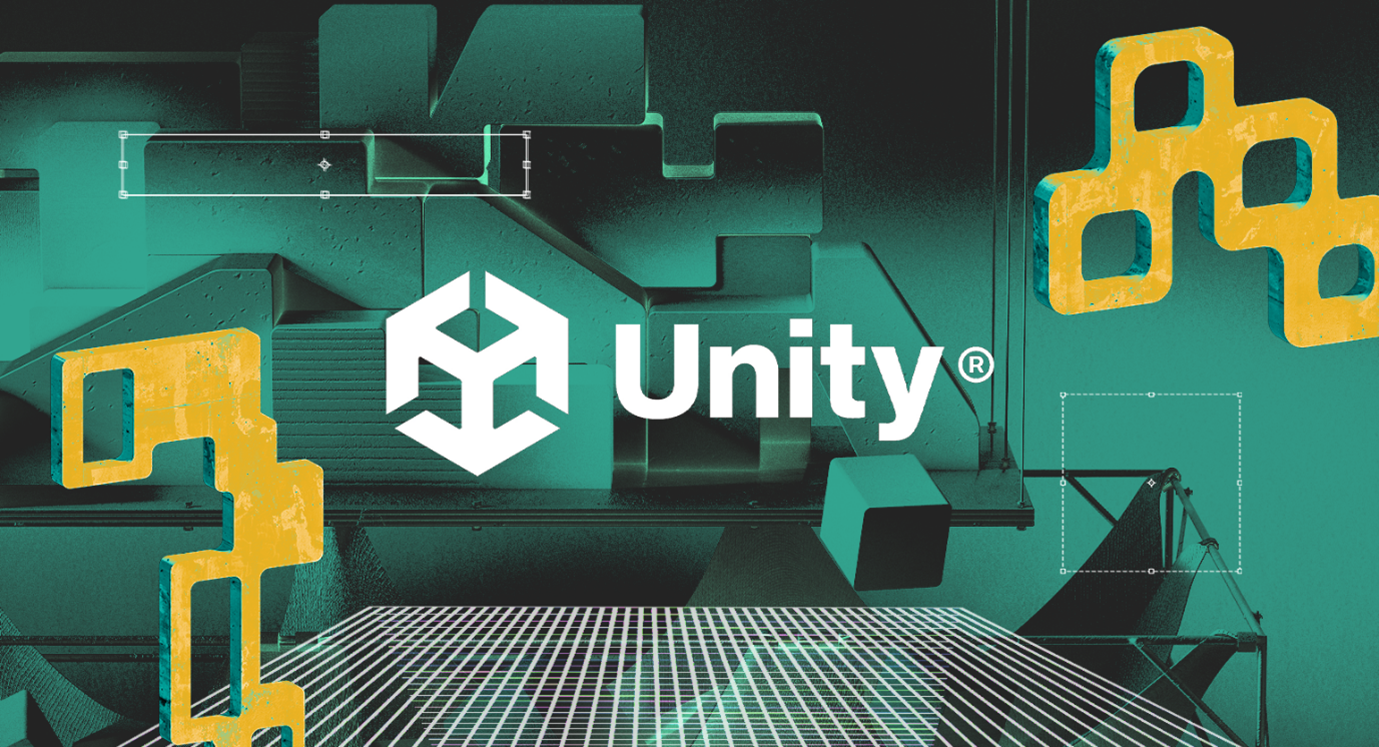References for Creating Animation: What They Are, How to Create and Use Them
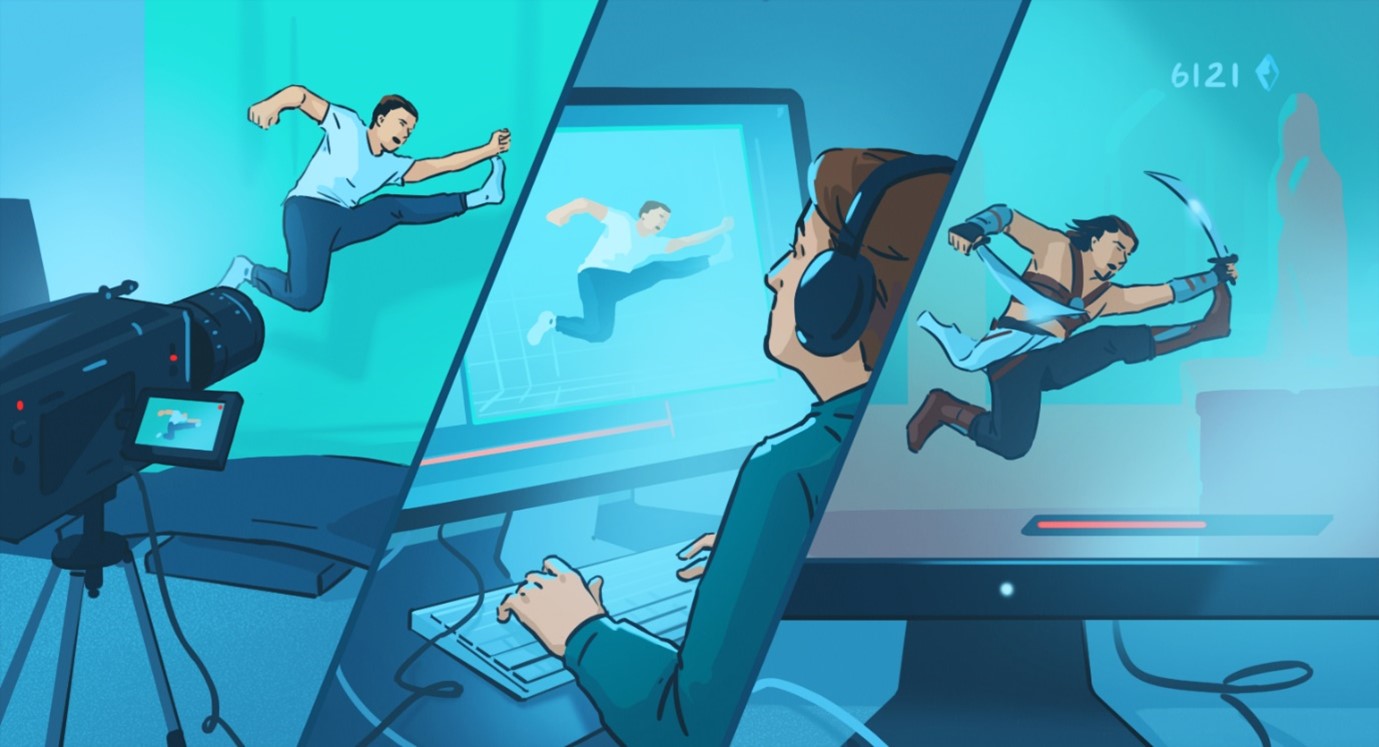
Creating visual content from scratch, like any other type of content, requires preliminary reference searching. When it comes to working with 3D animation, specialists often rely on video recordings demonstrating the intended character movements. This includes videos created by themselves.
Brief Overview of References in the Context of 3D Animation References in 3D animation refer to video recordings of real-life movements. 3D animators may use them in subsequent stages of work to make character movements more realistic. Although Hjalti's report is aimed more at specialists working in blocking technique, lately, many indie studios prefer motion capture-based animation. This material will be useful for those working with AI-based mocap technology, which converts movements from pre-recorded videos into finished animations.
What You Need to Know Before Recording References Consider the project's time frame and budget. You probably won't have several weeks at your disposal but only a day to refine the reference performance to the desired level. Also, there's no point in delaying if the future animation calls for dynamic frame changes. After recording and editing the reference, show the result to the director and review the work together. If there are any flaws in the final result, you'll have to either reshoot the material or cut something out of it.

Three Main Stages of Working with References:
1. Pre-planned Actions List: Optionally, this can also include a set of storyboards.
2. Live Shoots and Editing: - Study additional materials before recording references. For example, if you need to animate an anthropomorphic cat, as in the short film "Wing it!", it's helpful to browse social media and study how cats behave in videos. This way, you can add unique movements to the animation specific to these animals. Plan time to watch such materials and avoid procrastination; postponing additional tasks can result in accomplishing nothing.
3. Basic Scene Layout: This is your canvas. Much of this depends on the layout artist's responsibilities in the specific project. One specialist may add many elements to the scene, while another may simply move the character from point A to point B in a T-pose. However, for some frames, there may be several execution options, and there may not yet be an approved version. If, based on the basic scene layout, an animator comes up with a new detail and demonstrates it in a video reference, the director may approve the new idea.
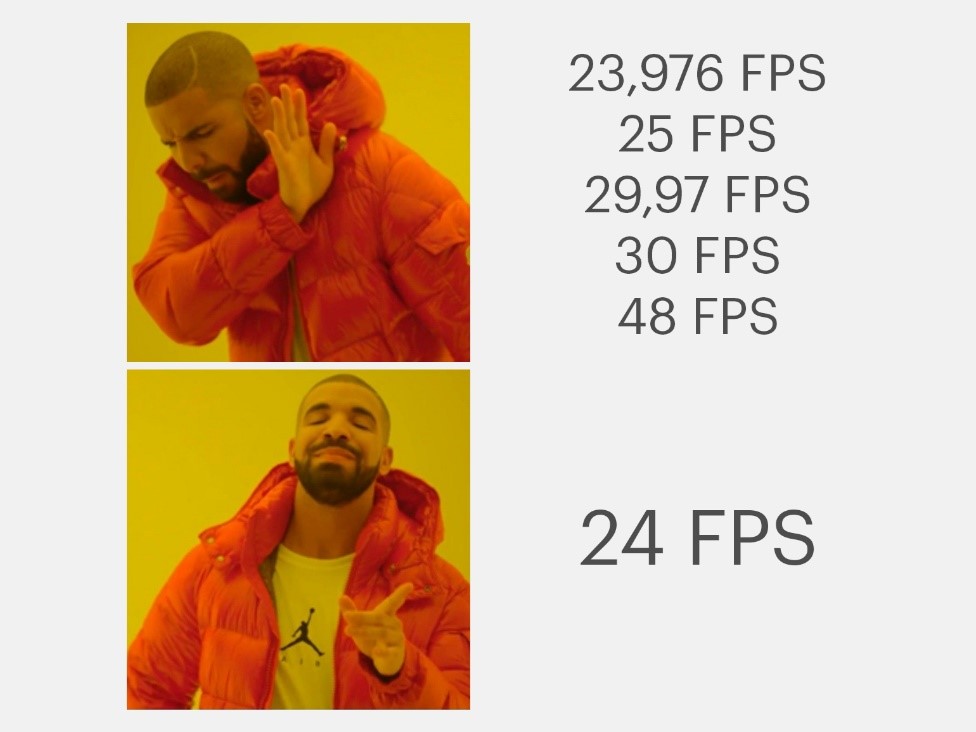
Basic Plan for a Scene from the Short Film "Charge"
Even if new information adds a few dozen frames to the animation's duration, it's still worth adding it: the final result in this case can be better. However, it's not advisable to apply this approach to all scenes; otherwise, screen time will double.
Pay attention to the compatibility of frames, ensuring a harmonious transition from one shot to another. You may need to discuss this with colleagues working on adjacent shots. If you're solely responsible for animating a specific episode, analyze the shots independently.
Sequence of Frames from the Short Film "Charge"
- Listen to the characters' dialogues in the scene. Towards the end of the work process, these lines may only evoke annoyance, but it's still necessary to analyze the characters' lines in the frame, noting all intonations and their intensity. This will improve the quality of execution when recording the reference.
- Record the sequence of actions in the frame. Once you have a visualization of how the events will unfold, write it down on paper. You can list all actions in order, and update this list during filming. Some animators prefer to draw thumbnails of scenes, but a textual version is easier to read.
- Video references are suitable even for producing stylized cartoon animations. Even in stylization, you can highlight the main poses and facial expressions that can be recreated in the future using the recorded fragment.
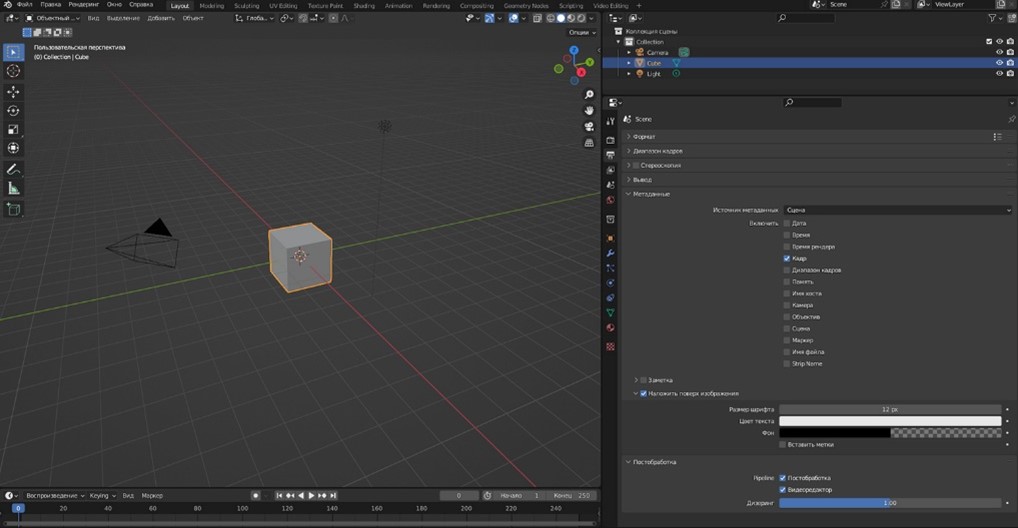
Processing the Video Recording - Before editing the recorded material, overlay it with a video sequence of the basic plan of the 3D scene. This will help you calculate the timing of the future animation more efficiently.
- Use a black and white filter for video fragments not involved in the animation of the current frame. This can provide more context for the relevant reference and visually show the beginning and end of the action in the frame.
- Prepare a collage with video reference and a layout of the 3D scene for presentation to the director. Add a frame counter to the video sequence. Numbering will be a good reference point for further animation editing.
Final Recommendations
- Remember that recording references is an experimental format that requires discussion with the director, fellow animators, and the editor. Sometimes it seems that the performance in the video is perfect, but later you may notice dissonance with other animation frames.
- Recording a video with a reference for the intended animation is useful, but in some cases, it's not necessary at all. In some projects, you can get the necessary information about movements by posing in front of a mirror or asking a colleague to take a few photos of the intended poses. Sometimes, even a rough sketch with a pencil is sufficient. Each project is unique, and each frame has its own requirements.
- The more practice, the better. While reviewing his own work during his presentation, Hjalti noted significant progress over the years. Most improvements are associated with increased efficiency. Time savings indeed play a significant role, as does experience.


